The Half Dome Hike in Yosemite National Park is easily among the most iconic and challenging in the United States. This hike will test you physically and mentally as you climb the last quarter-mile of trail and ascend the sheer flank of Half Dome using bolted cables. The hike up this Yosemite icon features incredible mountain and valley views, wildflowers, waterfalls, old-growth sequoias, and fascinating glimpses of some of California's most dynamic geological history.
Half Dome's unique shape is a result of a subterranean magma extrusion that solidified into granite, a harder and more durable material than the overlaying rocks. Erosion worked away at the layers of rock above this magma, and as the pressure was released on the core, gigantic fissures developed in the rock; over time, water would freeze and thaw with enough repetition to force portions of the face to drop off, essentially exfoliating the rock into distinct shapes. When the Sierra were later formed by enormous uplift, the deposit was elevated and exposed to the relentless glacial pressure that helped give the granite monolith the shape we see today.
The hike begins at the Happy Isles Trailhead and proceeds up a valley with black oak, mixed conifer, and wildflowers scattered about in the spring and early summer. The trail leads to a junction with the Mist Trail and John Muir Trail. Take the JMT as it forks to the right for a slightly longer, more gradual, and dryer route to Half Dome. As you hike higher, the views of Half Dome, Liberty Cap, Nevada Falls, and the Yosemite Valley just get better and better. The trail leads to the top of Nevada Falls, where you'll cross over the Merced River, and after a quarter mile the Mist Trail meets back up with the John Muir Trail. From there it's 1.1 miles to Little Yosemite Camp and another 2.2 miles of climbing up to the Half Dome Trail junction.
Once on the Half Dome Trail, it's just another 2 miles until you reach the summit. If the clouds start moving in, this might be a good time to possibly turn around. Being caught on Half Dome when a lightening storm is rolling in can quickly turn into a dangerous situation. Right before leaving the comfort of the shade from the taller trees you'll be greeted by a park ranger who will check for your permit. The last half mile is fully exposed to the sun, and the climb begins in earnest as you make your way up the carved out granite stairs. Half Dome exposes more of its summit the higher you climb. After a short hike you will be greeted by the cables; a lot of people rope up with harnesses and carabiners while making the trek up, especially those with children. The granite is very slick, so wearing sturdy shoes with good traction is a must, and gloves with rubber padding on the palms and fingers is highly recommended. Making your way up the cables can easily take up to an hour, depending on how many people are making their way up and down. Once you're on the summit of Half Dome, you'll have beautiful 360-degree views of the Sierra Nevada, making all your hard work worth it.
Note that it can be difficult to obtain a permit to hike Half Dome as it is one of the most popular locations in Yosemite National Park. If you cannot get one online through the lottery, just head to the wilderness center early in the morning for a walk-up permit (chances are best mid-week). Since the trail is rated very difficult, splitting it up into an overnight adventure is a great option. Little Yosemite Camp or at the Cloud's Rest Trail junction are both excellent places to camp.

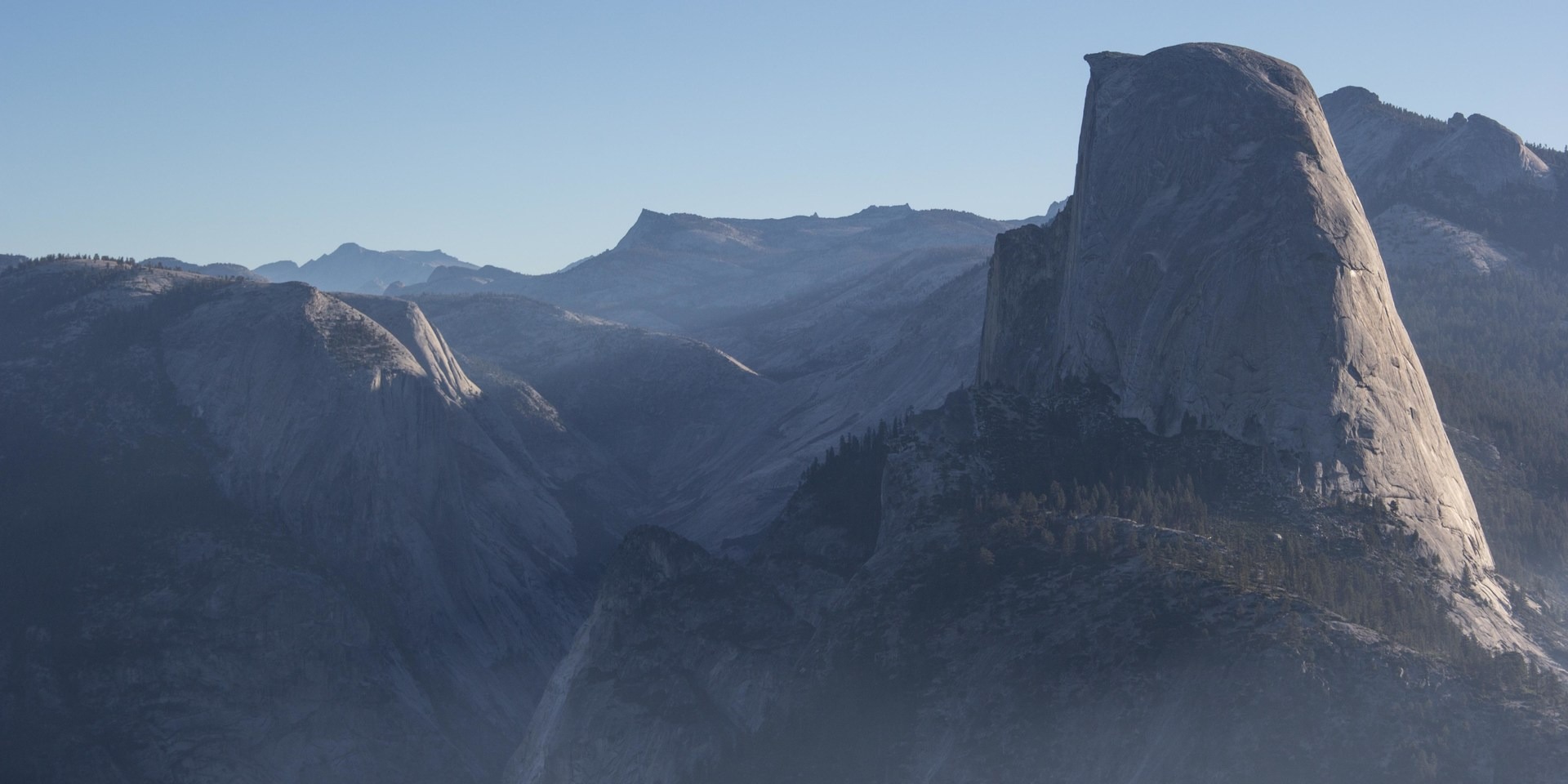














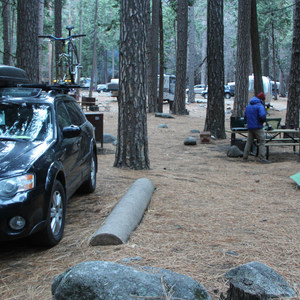

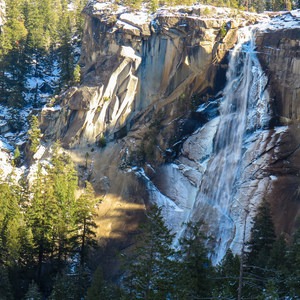
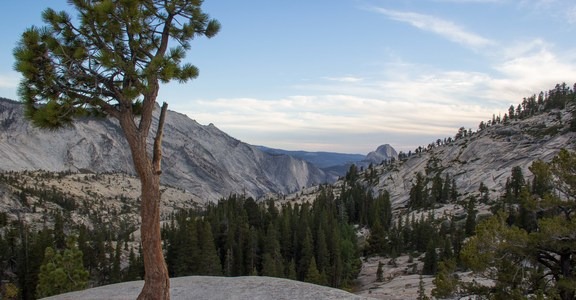
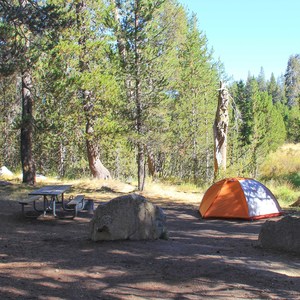



Comments
http://www.outdoorproject.com/blog-news/climbing-half-dome-shoulder-season
Sign In and share them.